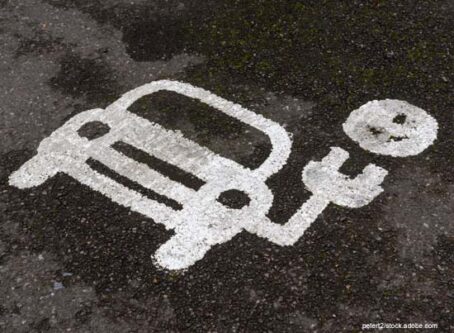Survey reveals most drivers have road rage, nearly half carry a weapon
More than three-quarters of American drivers admit to road rage or aggressive driving. As if that was not bad enough, nearly half of motorists carry a weapon in their vehicle.
According to The Zebra, an insurance comparison website, 82% of Americans admit to road rage or aggressive driving in the past year. Honking of the horn to show anger was the most common form of road rage, with 59% reporting having done so in the past year. Nearly half (45%) changed lanes without signaling. About 40% have yelled/cursed at another driver or pedestrian.
Although many acts can set a driver off, tailgating was the most common action that angers drivers (44%).
Coming in at a close second at 42% is distracted driving, followed by getting cut off (33%), someone driving too slow (30%) and someone not using a turn signal (28%).
Even though 87% of those surveyed have seen another driver distracted by a handheld device, only 41% have admitted to such behavior. Most surveyed believe distracted driving is the second-most dangerous driving behavior, just behind drinking and driving.
Some motorists have taken their road rage to the next level by confronting another driver. Some examples include:
- Getting out of their vehicle to verbally confront another driver (7%).
- Throwing objects (6%).
- Getting in a physical altercation with another driver (6%).
- Sideswiping another driver (5%).
- Bumping or ramming another vehicle on purpose (5%).
- Forcing another driver off the road (5%).
However, motorists may want to reconsider confronting another driver. According to The Zebra, 46% of drivers keep a weapon in their vehicle. Approximately 15% have pepper spray, the most common weapon inside vehicles. Other weapons of choice are a knife (10%), bat/club (9%), gun (7%) and a taser (5%).
The Zebra defines “aggressive driving” as “any deliberate, unsafe driving behavior — like changing lanes without a turn signal or tailgating.” Meanwhile, “road rage” is a more extreme version of aggressive driving and includes obscene gestures, ramming another driver’s car, or forcing them off the road.
While 8 in 10 drivers experience either aggressive driving or road rage, about 55% of those surveyed admitted to road rage specifically.
Rather than resort to road rage, 62% of drivers listen to music when frustrated on the road. Other common alternatives to road rage are:
- Thinking about something else (23%).
- Venting by yelling or cursing (22%).
- Waiting until the feeling goes away on its own (18%).
- Navigating to a quieter road (14%).
- Listening to a podcast or radio talk show (13%).
- Call a friend or family member (6%).
The Zebra’s road rage survey was conducted online. Nearly 1,000 drivers from all 50 states and Washington, D.C., participated, ages ranging from 17 to 85.
Most respondents (62%) experience medium traffic during their routine driving route, with 20% driving in heavy traffic. The most reported commute length is 30-59 minutes (36%), followed by 15-30 minutes (25%) and one hour or more (18%). Most frustration occurs either on a multi-lane highway (46%) or on city/suburban streets (37%).
Other road rage-related stories:
- Companies, drivers to pay $26.5M in fatal road rage crash
- Report: Indiana and Colorado lead in most fatal crashes related to road rage









